Introduction
Quetta, nestled amidst the picturesque landscapes of Pakistan, holds a unique and compelling significance in the country’s cultural tapestry. As a city celebrated for its resilience, Quetta stands as the capital of Balochistan province and offers a captivating blend of history, tradition, and captivating flavors. When delving into the culinary realm, exploring food in Quetta unveils a rich tapestry of tastes and aromas deeply rooted in the region’s cultural heritage.
The culinary landscape of Quetta is a fascinating amalgamation of diverse influences, reflecting the city’s multicultural fabric. This fusion owes its richness to the interplay of Balochi, Pashtun, Persian, and Mughal culinary traditions. Each bite savored in the bustling bazaars or cozy eateries reveals a story of centuries-old recipes passed down through generations. From aromatic spices to succulent meats, Quetta’s food is a testament to the cultural exchanges and influences that have shaped its gastronomic identity.
The exploration of food in Quetta is an invitation to embark on a sensory journey, uncovering traditional dishes that bear the indelible marks of the region’s history and cultural exchanges. The city’s culinary offerings boast a wide array of traditional dishes, captivating flavors, and unique cooking techniques. Delicacies like Sajji, Chapli Kebab, and Balochi Tikka are just a few examples that tantalize taste buds with their exquisite flavors and age-old recipes while offering a glimpse into the rich cultural heritage of Quetta.
Stepping into the realm of food in Quetta not only promises a culinary escapade but also offers a window into the heart and soul of this vibrant city. The sumptuous dishes, infused with local flavors and cultural influences, beckon both locals and travelers alike to immerse themselves in a gastronomic adventure that goes beyond mere sustenance, offering an unforgettable exploration of Quetta’s identity and heritage.
List of Food in Quetta
| S. No | Name of Food/Dish | Category | Price Range (USD & EUR) | Main Ingredients (if available) |
|---|---|---|---|---|
| 1 | Sajji | Meat Dish | $15-$40 USD, €13-€35 EUR | Whole roasted lamb/chicken, spices |
| 2 | Chapli Kebab | Meat Dish | $10-$25 USD, €8-€20 EUR | Minced meat, spices, tomatoes, onions |
| 3 | Beef Pulao | Rice Dish | $8-$20 USD, €7-€17 EUR | Beef, rice, spices |
| 4 | Tikkas | Meat Dish | $12-$30 USD, €10-€25 EUR | Grilled marinated meat chunks, spices |
| 5 | Mantu | Savory | $10-$18 USD, €8-€15 EUR | Dumplings, minced meat, yogurt, herbs |
| 6 | Dumba Karahi | Meat Dish | $18-$35 USD, €15-€30 EUR | Lamb, spices, tomatoes |
| 7 | Bolani | Veg Dish | $6-$12 USD, €5-€10 EUR | Flatbread, potato or spinach filling |
| 8 | Sheer Chai | Beverage | $2-$5 USD, €2-€4 EUR | Milk, green tea, salt |
| 9 | Kawa | Beverage | $3-$6 USD, €2.5-€5 EUR | Green tea, cardamom, cinnamon |
| 10 | Rosh | Sweet | $4-$10 USD, €3.5-€8 EUR | Milk, sugar, vermicelli |
| 11 | Kaak | Bread | $1-$3 USD, €1-€2.5 EUR | Bread, sesame seeds |
| 12 | Khadi Kebab | Meat Dish | $14-$28 USD, €12-€24 EUR | Skewered ground meat, spices |
| 13 | Dalcha | Veg Dish | $8-$15 USD, €7-€13 EUR | Lentils, meat, spices |
| 14 | Kebab Fry | Meat Dish | $12-$25 USD, €10-€20 EUR | Fried meat, spices |
| 15 | Kabuli Pulao | Rice Dish | $10-$22 USD, €8-€18 EUR | Rice, chickpeas, meat |
| 16 | Tandoori Naan | Bread | $1-$4 USD, €1-€3.5 EUR | Flatbread, baked in a tandoor |
| 17 | Gurda/Kaleji Fry | Meat Dish | $15-$30 USD, €13-€25 EUR | Liver/Kidney, spices |
| 18 | Balochi Tikka | Meat Dish | $12-$28 USD, €10-€24 EUR | Spicy marinated grilled meat |
| 19 | Namkeen Gosht | Meat Dish | $14-$30 USD, €12-€25 EUR | Spicy fried meat |
| 20 | Sabzi | Veg Dish | $8-$18 USD, €7-€15 EUR | Mixed vegetables, spices |
| 21 | Qorma | Meat Dish | $12-$28 USD, €10-€24 EUR | Meat, yogurt, spices |
| 22 | Doodh Patti Chai | Beverage | $2-$5 USD, €2-€4 EUR | Milk, tea leaves, sugar |
| 23 | Samosas | Savory | $1-$3 USD, €1-€2.5 EUR | Pastry, meat/vegetable filling |
| 24 | Jalebi | Sweet | $3-$7 USD, €2.5-€6 EUR | Deep-fried batter soaked in syrup |
| 25 | Zarda | Sweet | $5-$12 USD, €4-€10 EUR | Sweet rice, nuts, food color |
| 26 | Chilman Biryani | Rice Dish | $12-$25 USD, €10-€20 EUR | Rice, meat, spices |
| 27 | Kabab Platter | Meat Dish | $20-$40 USD, €17-€35 EUR | Assorted grilled kebabs |
| 28 | Malai Boti | Meat Dish | $15-$30 USD, €13-€25 EUR | Creamy marinated grilled meat |
| 29 | Nargisi Koftay | Meat Dish | $10-$20 USD, €8-€17 EUR | Minced meat, eggs, spices |
| 30 | Khagina | Egg Dish | $8-$15 USD, €7-€13 EUR | Scrambled eggs, tomatoes, onions |
| S. No | Name of Food/Dish | Category | Price Range (USD & EUR) | Main Ingredients (if available) |
Note: The price range provided is approximate and may vary depending on the restaurant or vendor.
Sajji: Sajji is a traditional Balochi dish that consists of whole roasted lamb or chicken. The meat is marinated with a mixture of spices, including salt, cumin, and sometimes green papaya paste to tenderize it, before being skewered and slow-cooked over hot coals or in a clay oven. The slow cooking process ensures a smoky flavor and tender, juicy meat. Sajji is often served with naan bread and a tangy, spicy sauce made from green chilies and coriander.
Chapli Kebab: Originating from the Khyber Pakhtunkhwa region, Chapli Kebab is a spicy ground meat patty made from minced beef or mutton mixed with various spices like coriander, cumin, chili powder, and chopped onions. The mixture is shaped into flat, round patties and shallow-fried until crispy and golden brown. It’s usually served with naan or rice, along with yogurt, salad, and chutneys.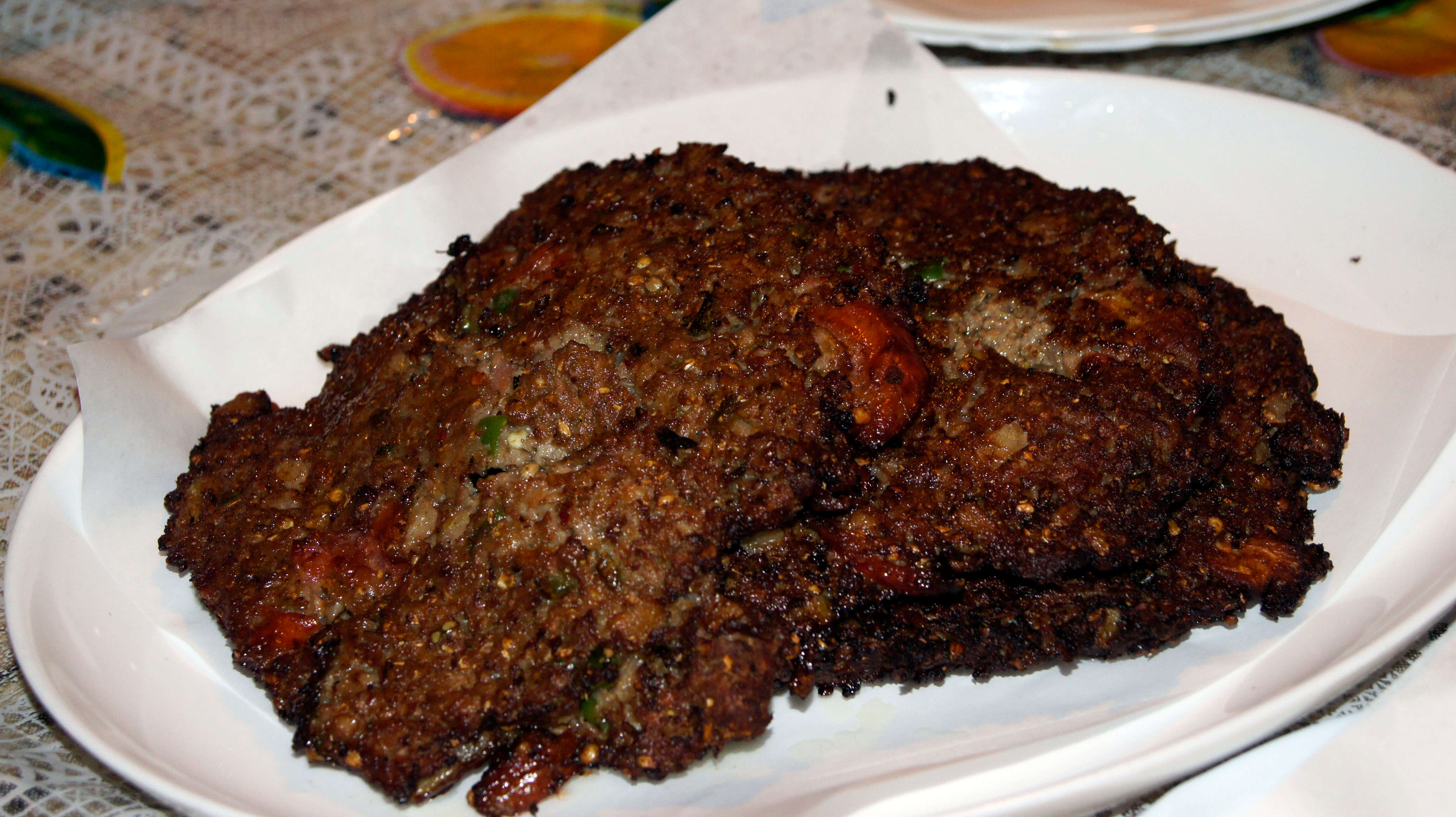
Beef Pulao: Beef Pulao is a flavorful rice dish cooked with tender pieces of beef, basmati rice, and aromatic spices such as cumin, cloves, cinnamon, and cardamom. The meat is often marinated with yogurt and spices before being cooked together with the rice, giving it a rich and fragrant taste. Garnished with fried onions, fresh coriander, and sometimes nuts, Beef Pulao is a popular dish served at gatherings and special occasions.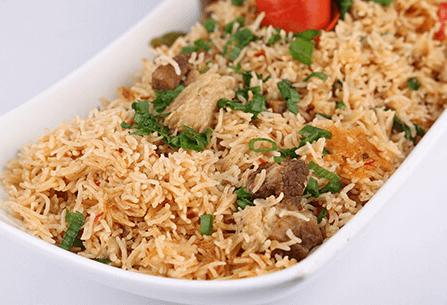
Tikkas: Tikkas are skewered and grilled chunks of marinated meat, typically chicken or beef, that are seasoned with a blend of spices including cumin, coriander, ginger, and garlic. The meat is marinated in yogurt and spices to tenderize it and enhance its flavor before being grilled to perfection. Tikkas are often served with fresh naan bread, salad, and mint chutney.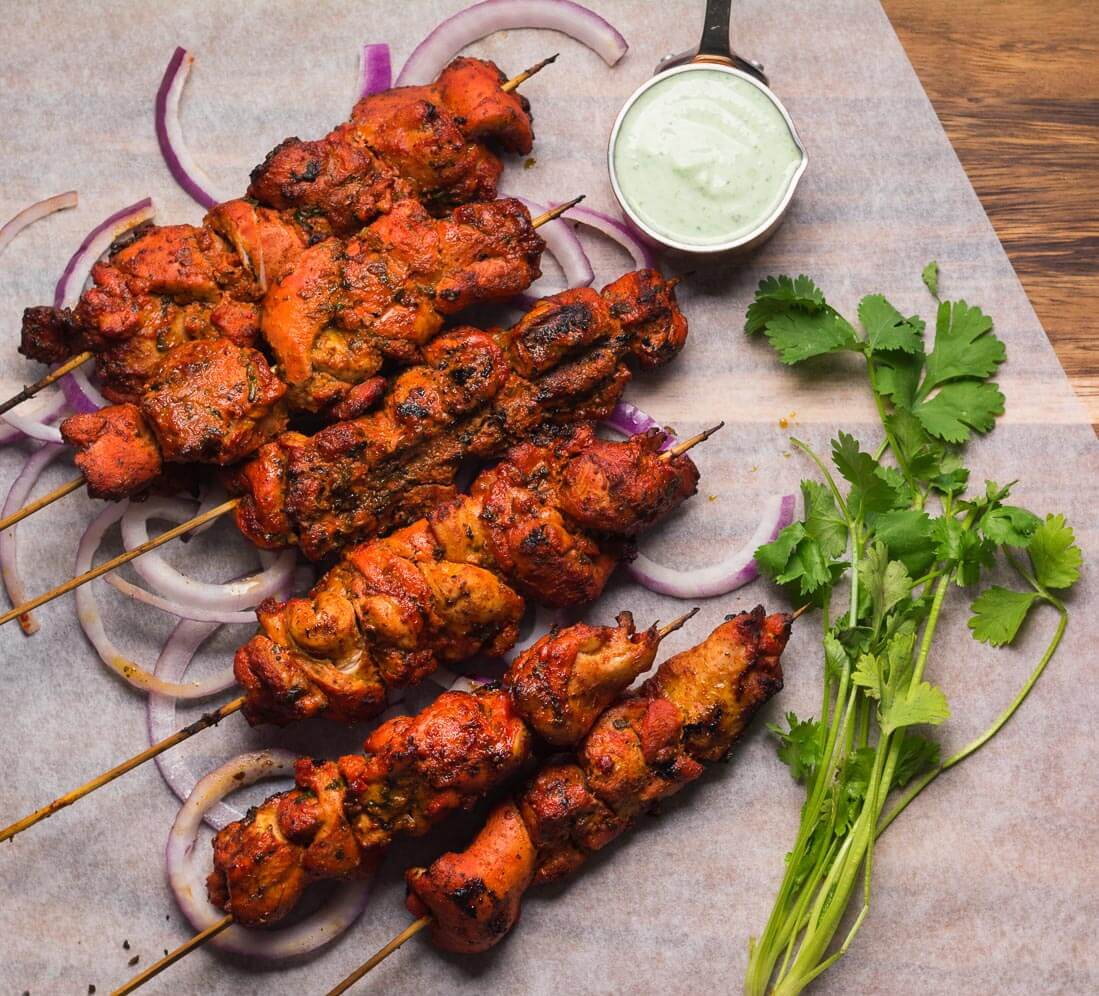
Mantu: Mantu is a type of Afghan dumpling that has found its way into Quetta’s culinary landscape. These dumplings are filled with seasoned minced meat, usually beef or lamb, and encased in a thin, unleavened dough. The dumplings are then steamed and served with a flavorful tomato-based sauce made with onions, garlic, and various spices, topped with a dollop of yogurt or sour cream.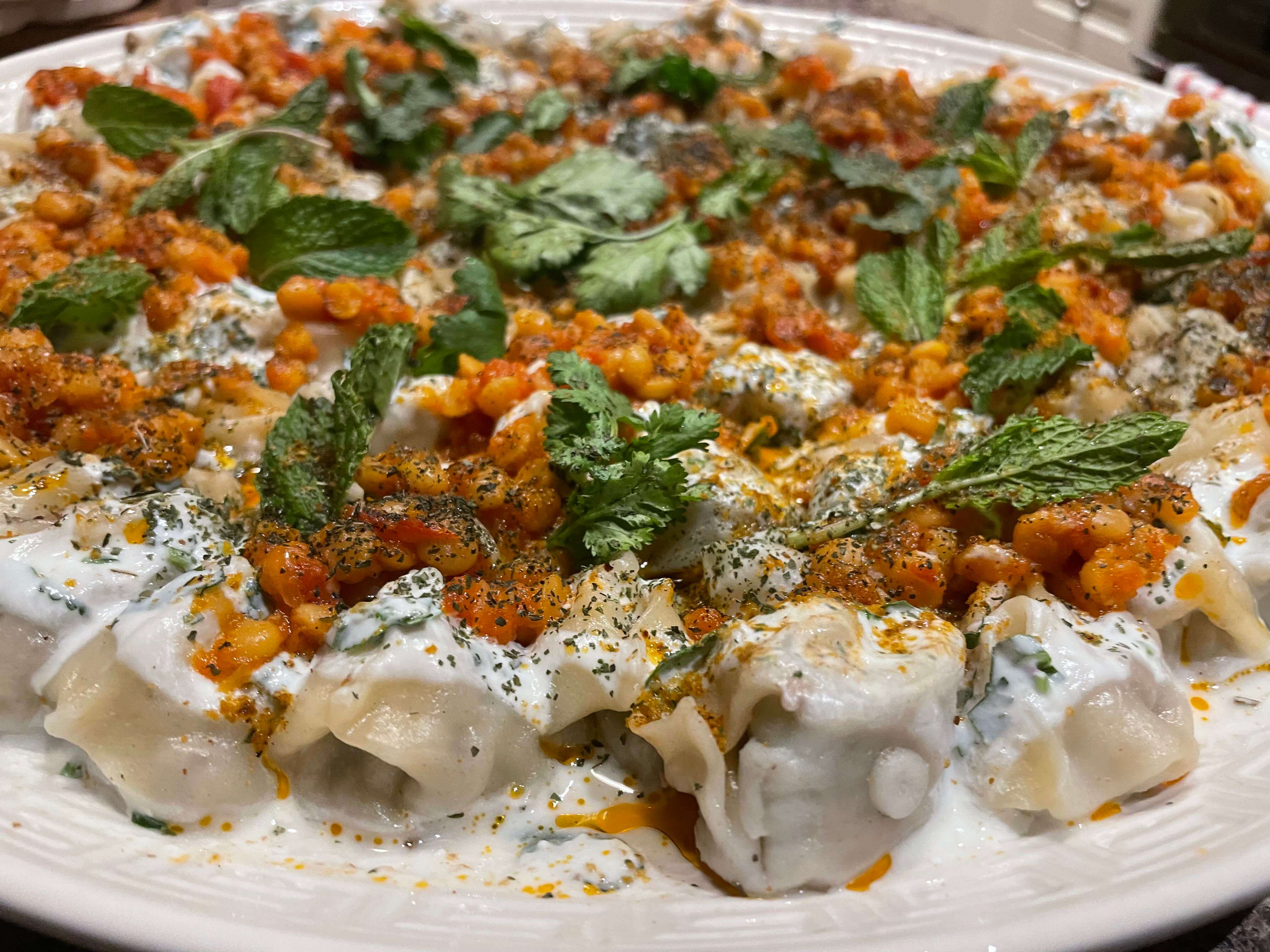
Dumba Karahi: Dumba Karahi is a rich and spicy dish made with tender pieces of lamb cooked in a karahi (wok) with tomatoes, green chilies, ginger, garlic, and a blend of aromatic spices. The dish is known for its bold flavors and is typically served with naan or tandoori roti.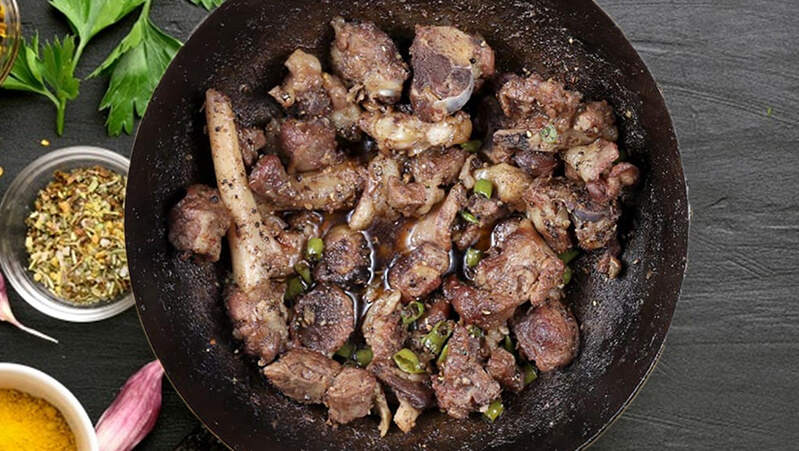
Bolani: Bolani is a traditional Afghan stuffed flatbread that has gained popularity in Quetta. It’s made by rolling out thin layers of dough and stuffing them with a mixture of seasoned mashed potatoes, spinach, or leeks. The filled dough is then folded, sealed, and shallow-fried until crispy. Bolani is often served as a snack or appetizer with yogurt or chutney for dipping.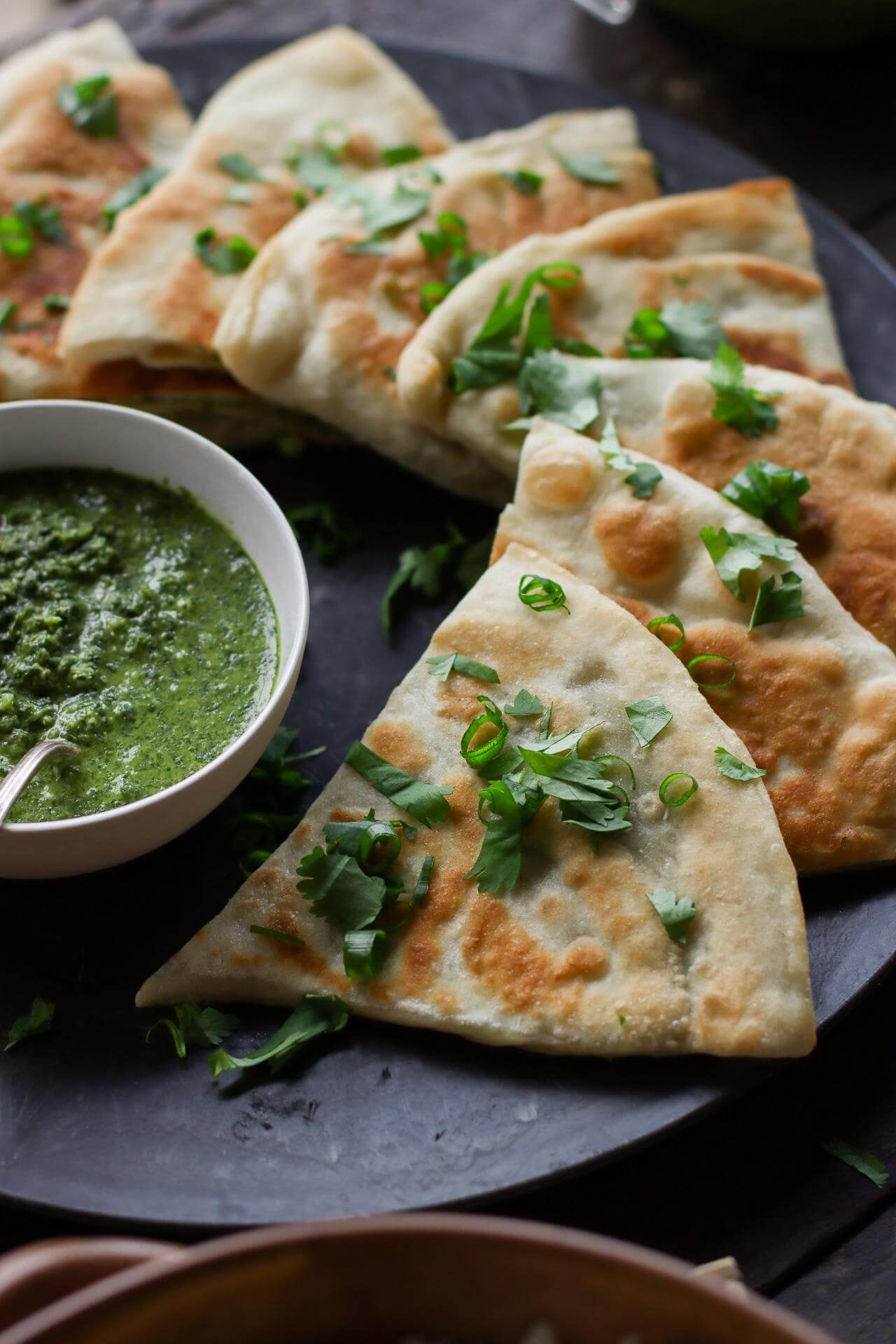
Sheer Chai: Sheer Chai, also known as Noon Chai or Pink Tea, is a traditional Kashmiri tea that’s popular in Quetta. It’s a pink-colored, milky tea brewed with special tea leaves, baking soda, salt, and sometimes spices like cardamom and cinnamon. The unique flavor comes from the slow simmering and aeration process, giving it a creamy texture and a slightly salty taste.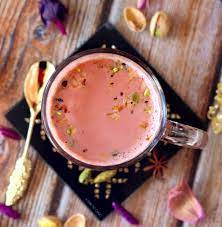
Kawa: Kawa is a traditional green tea popular in Balochistan. It’s made by steeping green tea leaves with water along with spices like cardamom, cinnamon, and sometimes saffron. Kawa is known for its refreshing taste and aromatic fragrance, often served hot and enjoyed as a soothing drink.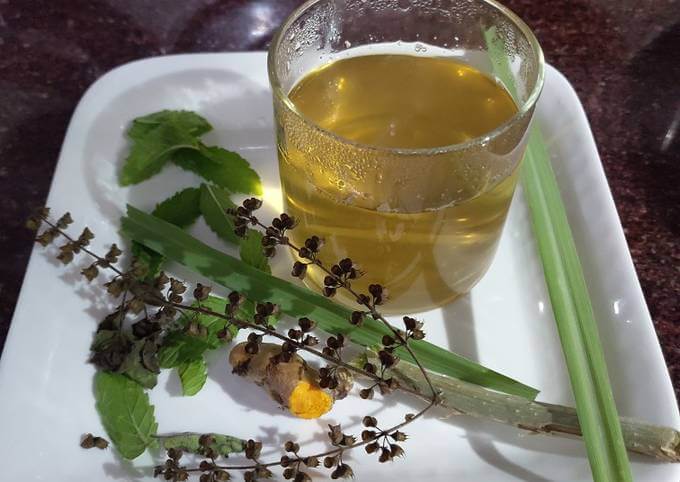
Rosh: Rosh is a sweet and creamy dessert made with milk, sugar, and vermicelli. The milk is simmered until thickened, and vermicelli noodles are added along with sugar to sweeten the mixture. Rosh is typically garnished with chopped nuts like almonds or pistachios before serving.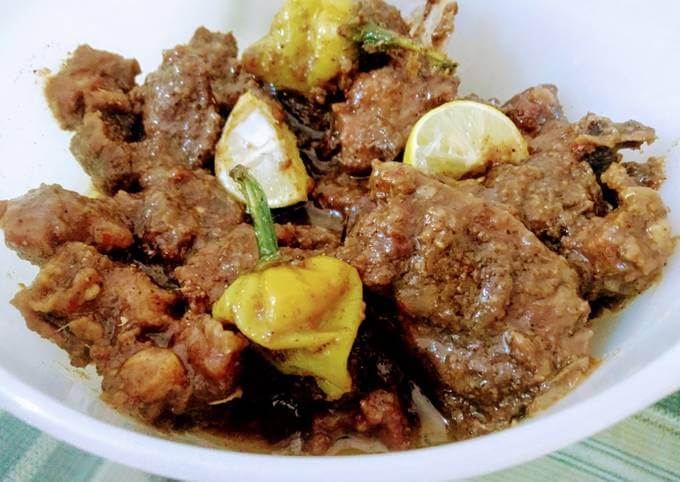
Kaak: Kaak is a traditional bread in Afghanistan and parts of Pakistan, including Quetta. It’s a ring-shaped bread with a dense yet soft texture, made from wheat flour, yeast, and salt, and often flavored with sesame seeds. Kaak is enjoyed as a snack or as an accompaniment to meals.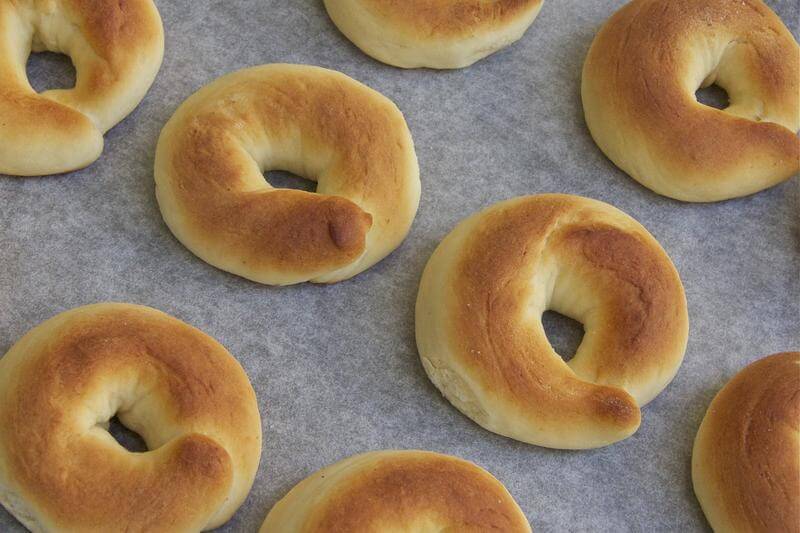
Khadi Kebab: Khadi Kebab is a dish where ground meat, usually beef or lamb, is mixed with spices and then skewered to form cylindrical shapes. These kebabs are then grilled or barbecued, giving them a smoky flavor. Khadi Kebabs are often served with naan and chutney.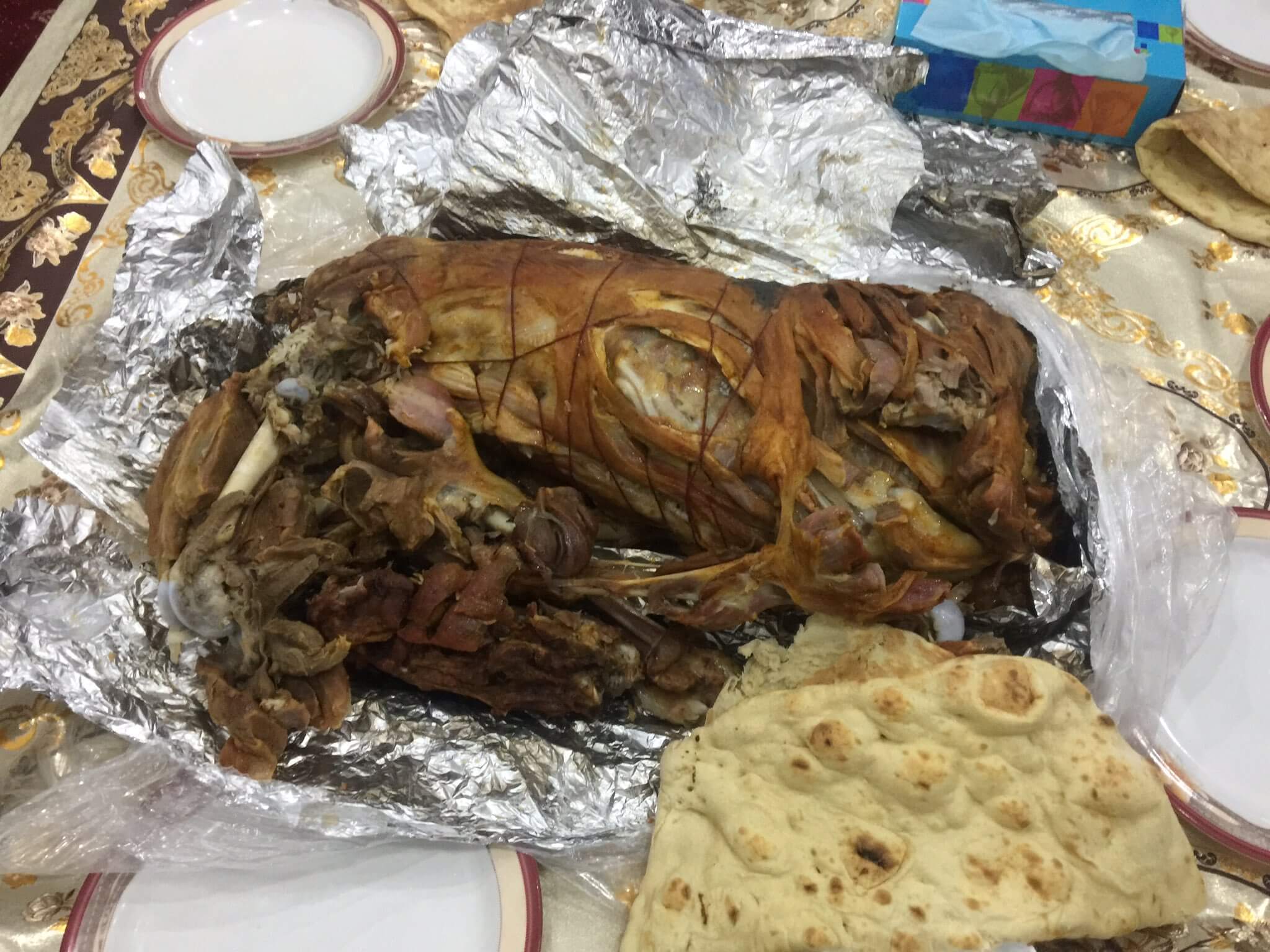
Dalcha: Dalcha is a flavorful dish made with lentils, meat (commonly beef or mutton), and spices. The lentils are cooked until soft and then combined with tender pieces of meat, creating a thick, hearty stew. The dish is seasoned with various spices and sometimes includes vegetables like tomatoes, onions, and garlic.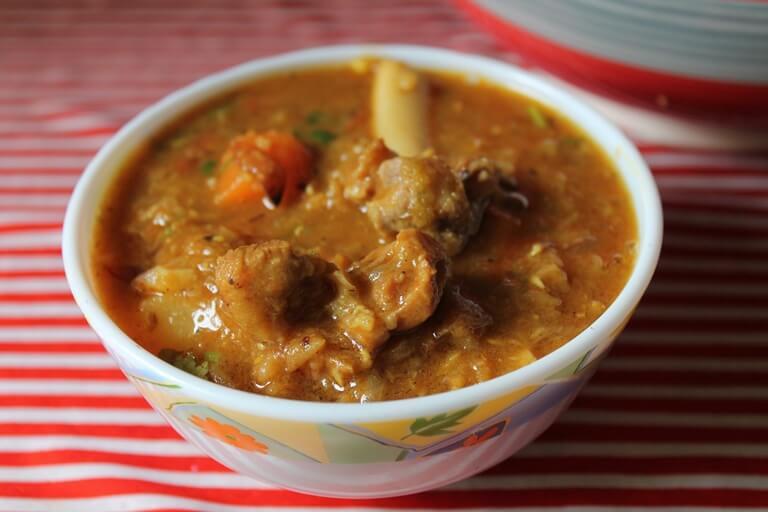
Kabuli Pulao: Kabuli Pulao is a rice dish cooked with aromatic spices, basmati rice, and tender chunks of meat, often lamb or chicken. The dish is flavored with onions, carrots, raisins, and almonds, giving it a slightly sweet and savory taste. Kabuli Pulao is known for its distinct flavors and is a popular dish at special occasions and celebrations.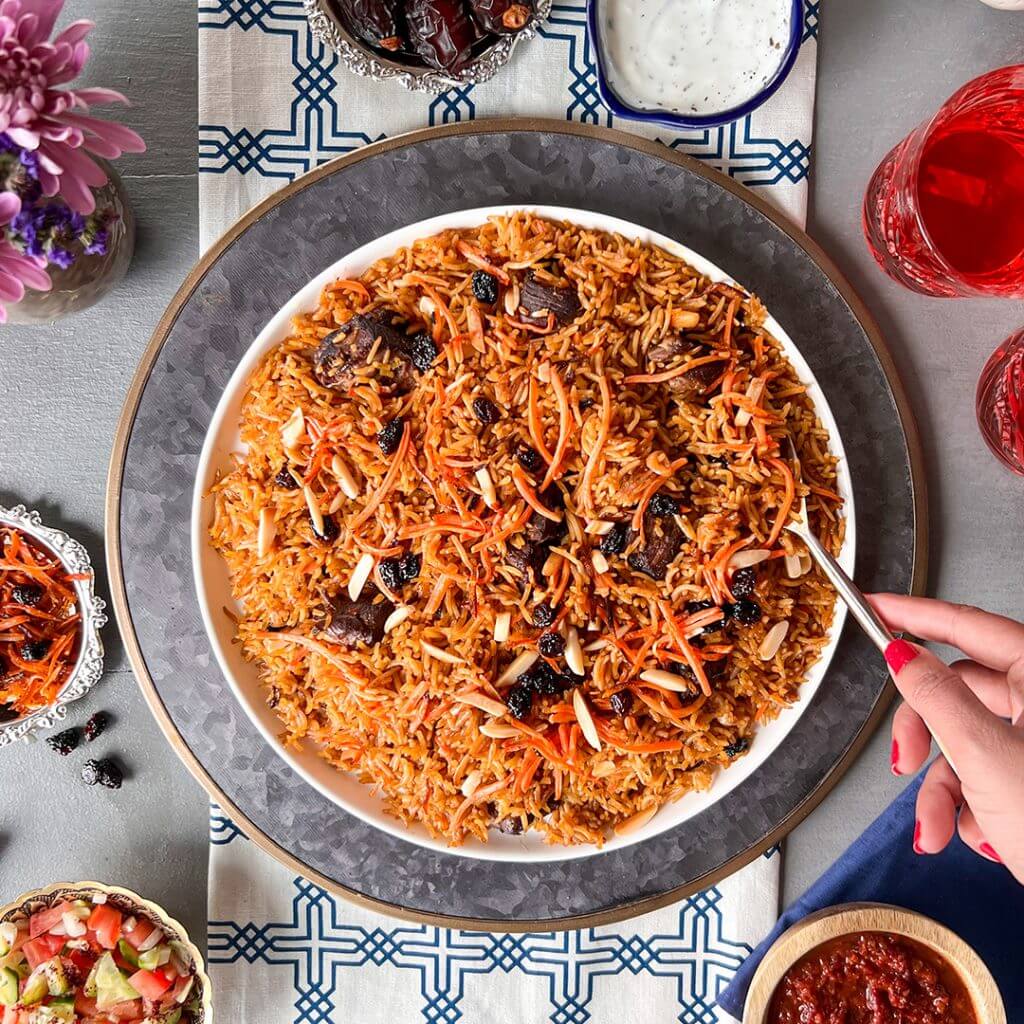
Tandoori Naan: Tandoori Naan is a type of flatbread that is traditionally baked in a tandoor (clay oven). The dough is made from flour, water, salt, and sometimes yeast or yogurt for added flavor and softness. It’s slapped onto the walls of the tandoor, where it bakes quickly, resulting in soft, fluffy bread with a slightly crispy exterior. Tandoori Naan is often served alongside various dishes as a staple bread.
Gurda/Kaleji Fry: Gurda/Kaleji Fry is a dish consisting of fried pieces of kidneys and liver (gurda and kaleji, respectively). The organs are marinated with various spices such as cumin, coriander, ginger, garlic, and chili powder before being fried until tender and flavorful. Served hot and often garnished with fresh coriander and lemon wedges, this dish is rich in taste and is a popular delicacy in Quetta’s cuisine.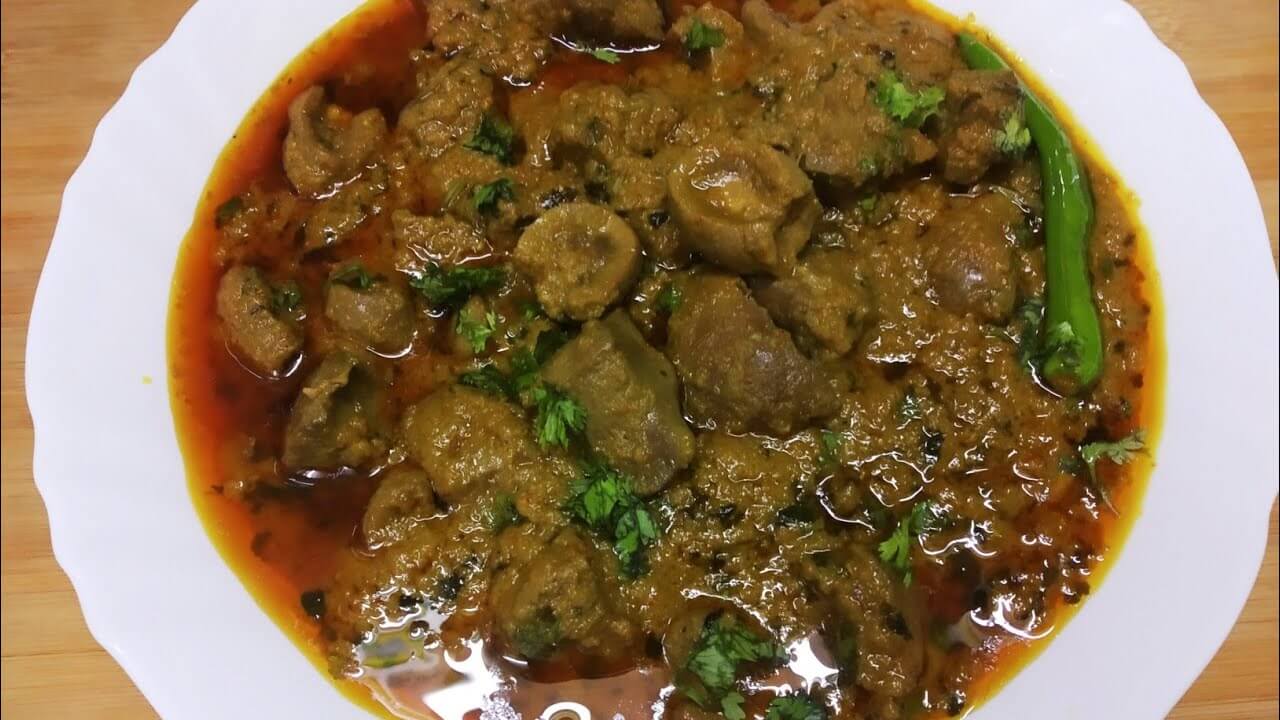
Balochi Tikka: Balochi Tikka is a grilled dish that features marinated chunks of meat, typically lamb or beef, skewered and cooked over a charcoal grill. The meat is marinated in a mixture of spices including papaya paste, yogurt, garlic, ginger, and various aromatic spices, giving it a tender texture and a smoky flavor. Balochi Tikka is often served with naan bread and a side of chutney or raita.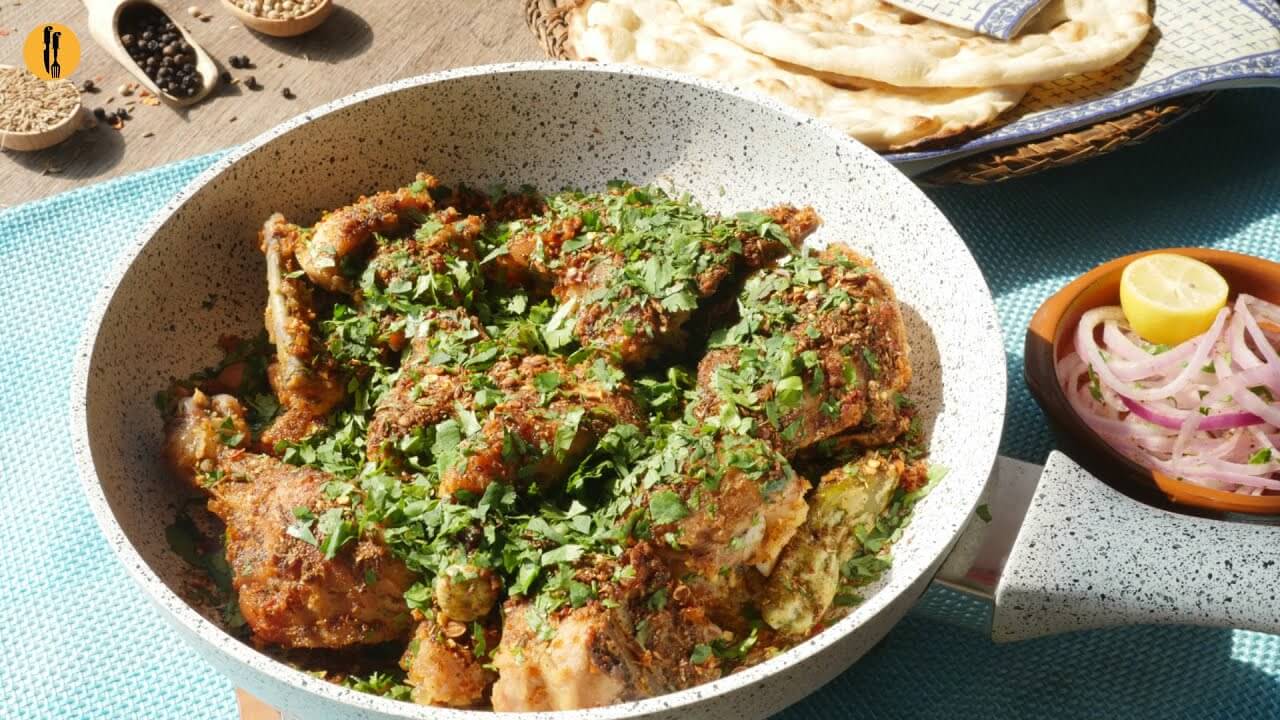
Namkeen Gosht: Namkeen Gosht is a flavorful meat dish cooked with spices, particularly known for its savory taste. The dish involves cooking tender chunks of meat, usually mutton or beef, with a blend of aromatic spices such as cumin, coriander, turmeric, and chili powder. The slow cooking process ensures that the meat is tender and infused with the rich flavors of the spices. Namkeen Gosht pairs well with naan or rice.
Sabzi: Sabzi refers to a variety of vegetable dishes cooked with an assortment of seasonal vegetables. The vegetables, including spinach, cauliflower, potatoes, and sometimes green beans or peas, are sautéed with onions, tomatoes, garlic, and spices. The dish can be prepared in various styles, such as dry or with gravy, and is a nutritious and flavorful addition to a meal.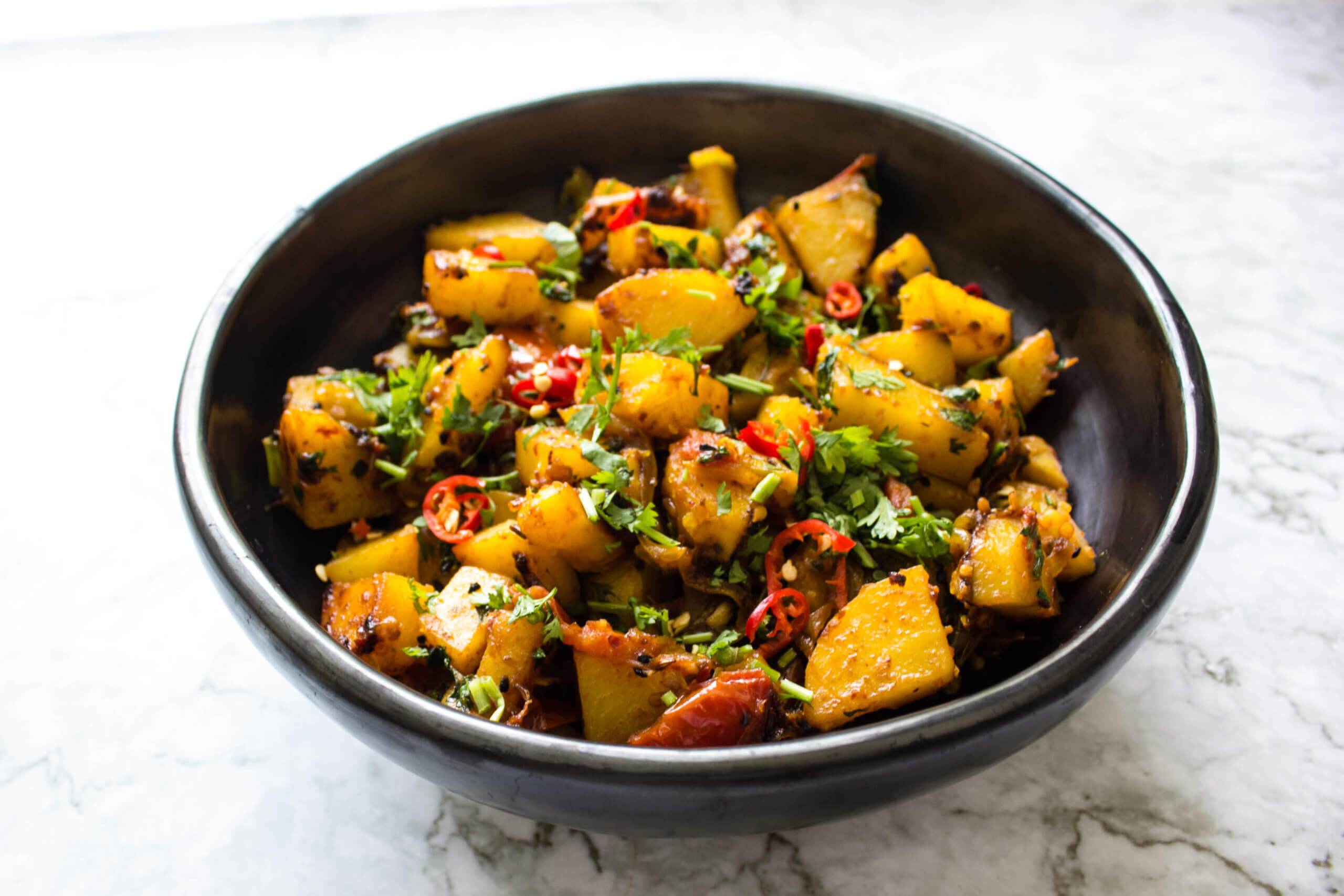
Qorma: Qorma is a rich and aromatic meat dish made by cooking meat, often chicken or beef, in a velvety gravy made from a blend of yogurt, onions, tomatoes, and spices such as cardamom, cloves, cinnamon, and nutmeg. The slow cooking process allows the flavors to meld, resulting in a thick, creamy sauce that coats the tender meat. Qorma is often served at special occasions and gatherings.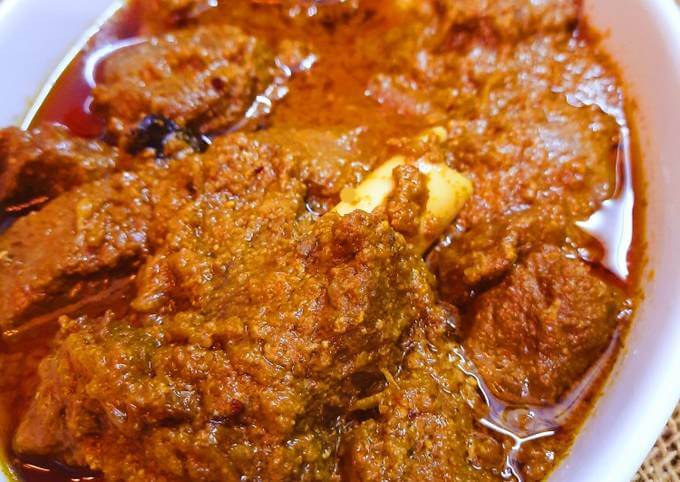
Doodh Patti Chai: Doodh Patti Chai is a strong, milky tea brewed with spices and enjoyed for its robust flavor. The tea leaves are boiled with milk, water, and spices like cardamom, cinnamon, and sometimes ginger, resulting in a creamy, flavorful beverage. Doodh Patti Chai is a popular choice for breakfast or as an evening refreshment.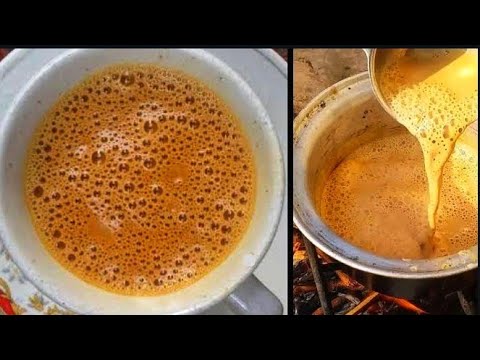
Samosas: Samosas are triangular-shaped pastries filled with a savory mixture, typically spiced potatoes, peas, and sometimes minced meat. The pastry shell is made from a mixture of flour, water, and sometimes ghee or oil, then stuffed with the filling, sealed, and deep-fried until golden and crispy. Samosas are a popular snack or appetizer enjoyed with chutneys or sauces.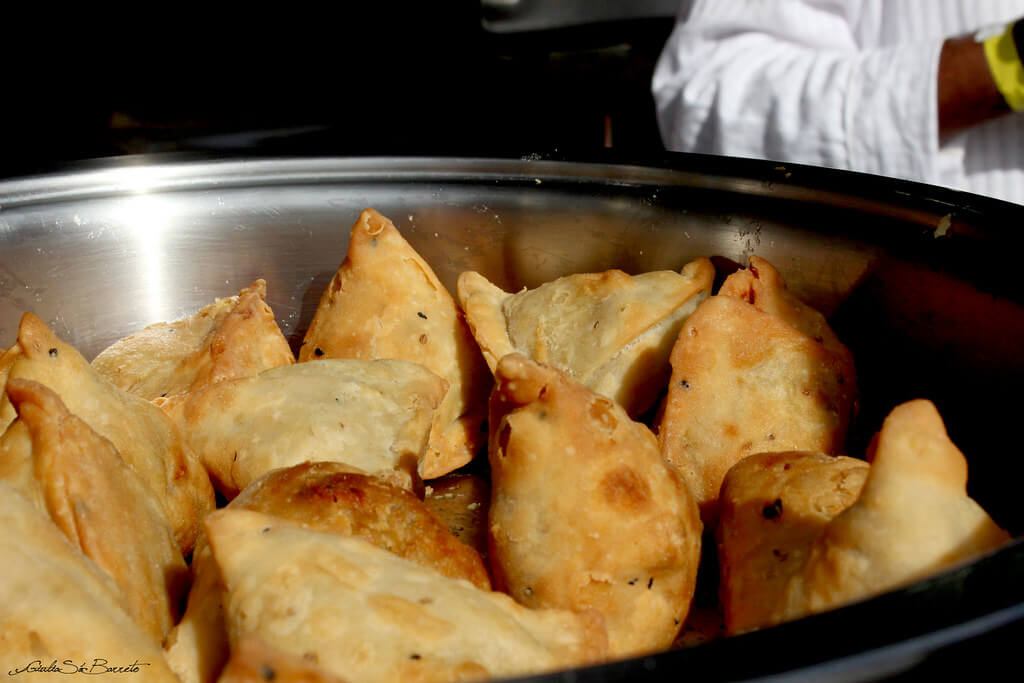
Jalebi: Jalebi is a sweet and crispy dessert made by deep-frying a batter of fermented flour and soaking it in sugar syrup. The batter is piped into circular shapes and fried until golden and crisp. Once fried, the jalebis are soaked in a sugar syrup infused with saffron and sometimes cardamom, resulting in a syrupy, indulgent treat enjoyed particularly during festivals or as a sweet indulgence.
Zarda: Zarda is a sweet rice dish cooked with aromatic spices, sugar, and food coloring to give it a vibrant yellow or orange hue. The rice is typically cooked with ghee (clarified butter), sugar, cardamom, saffron, and sometimes nuts like almonds and pistachios, resulting in a fragrant and sweet dessert often served on celebratory occasions.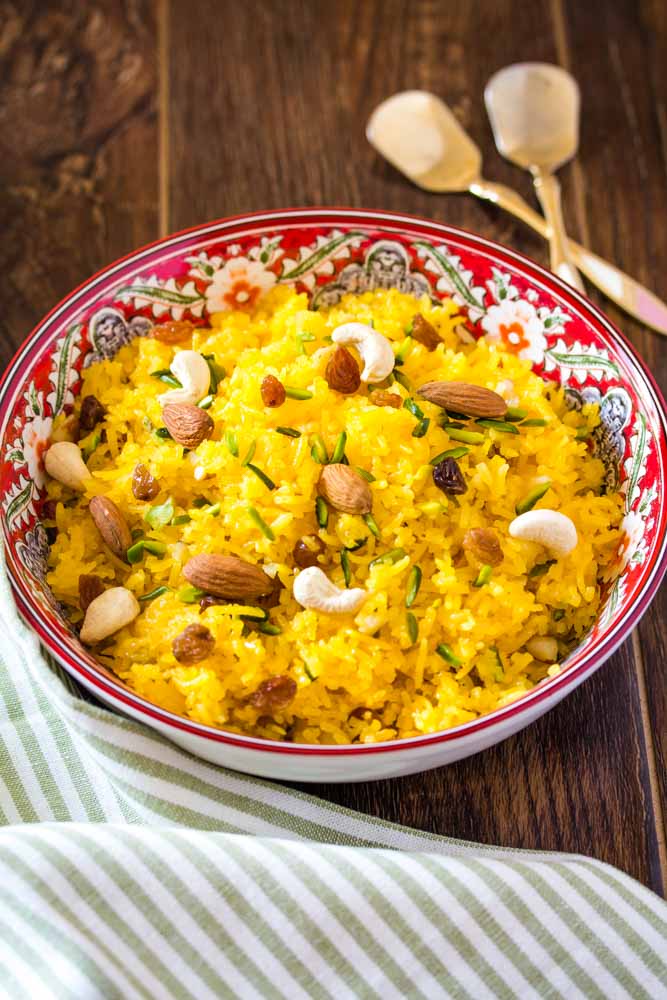
Chilman Biryani: Chilman Biryani is a flavorful and aromatic rice dish layered with marinated meat (often chicken or beef) and long-grain basmati rice that’s been cooked with spices, saffron, and sometimes fried onions. The dish is sealed with a pastry dough lid called ‘chilman’ and then baked or cooked on low heat, allowing the flavors to meld together.
Malai Boti: Malai Boti is a creamy and mildly spiced dish made with boneless chicken pieces marinated in a mixture of yogurt, cream, garlic, ginger, and spices like coriander and cumin. The marinated chicken is then skewered and grilled or barbecued, resulting in tender and succulent pieces with a rich and creamy flavor.
Nargisi Koftay: Nargisi Koftay are meatballs made from minced meat, typically beef or lamb, mixed with spices, herbs, and sometimes boiled eggs. The meat mixture is wrapped around a hard-boiled egg, forming a kofta (meatball), which is then deep-fried or cooked in a flavorful gravy. The dish is known for its exquisite presentation and flavorful taste.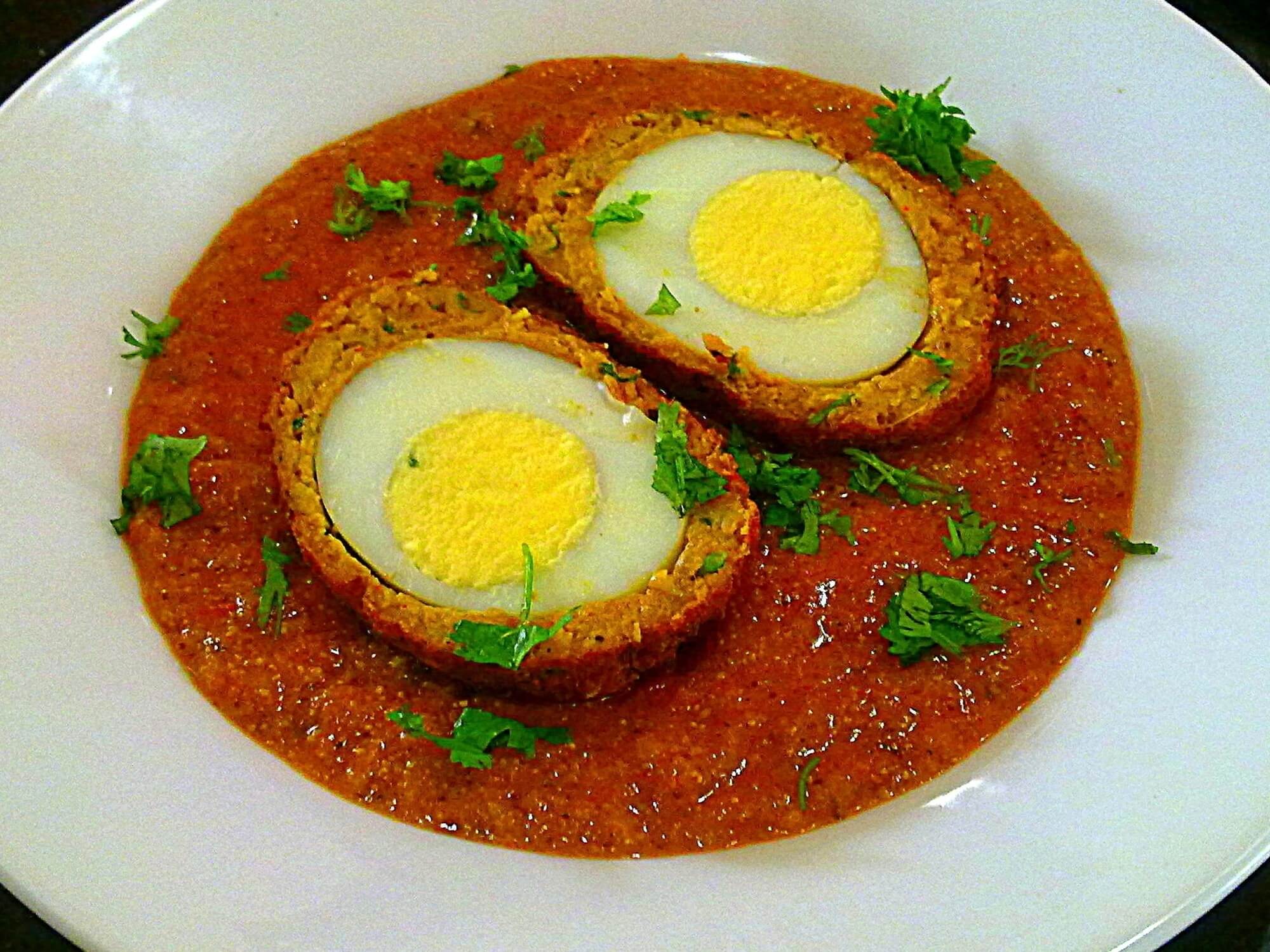
Khagina: Khagina is a spiced scrambled egg dish made by sautéing beaten eggs with onions, tomatoes, green chilies, and spices like turmeric, cumin, and coriander. The dish is cooked until the eggs are softly set and mixed well with the spices and vegetables, resulting in a delicious and satisfying breakfast or side dish.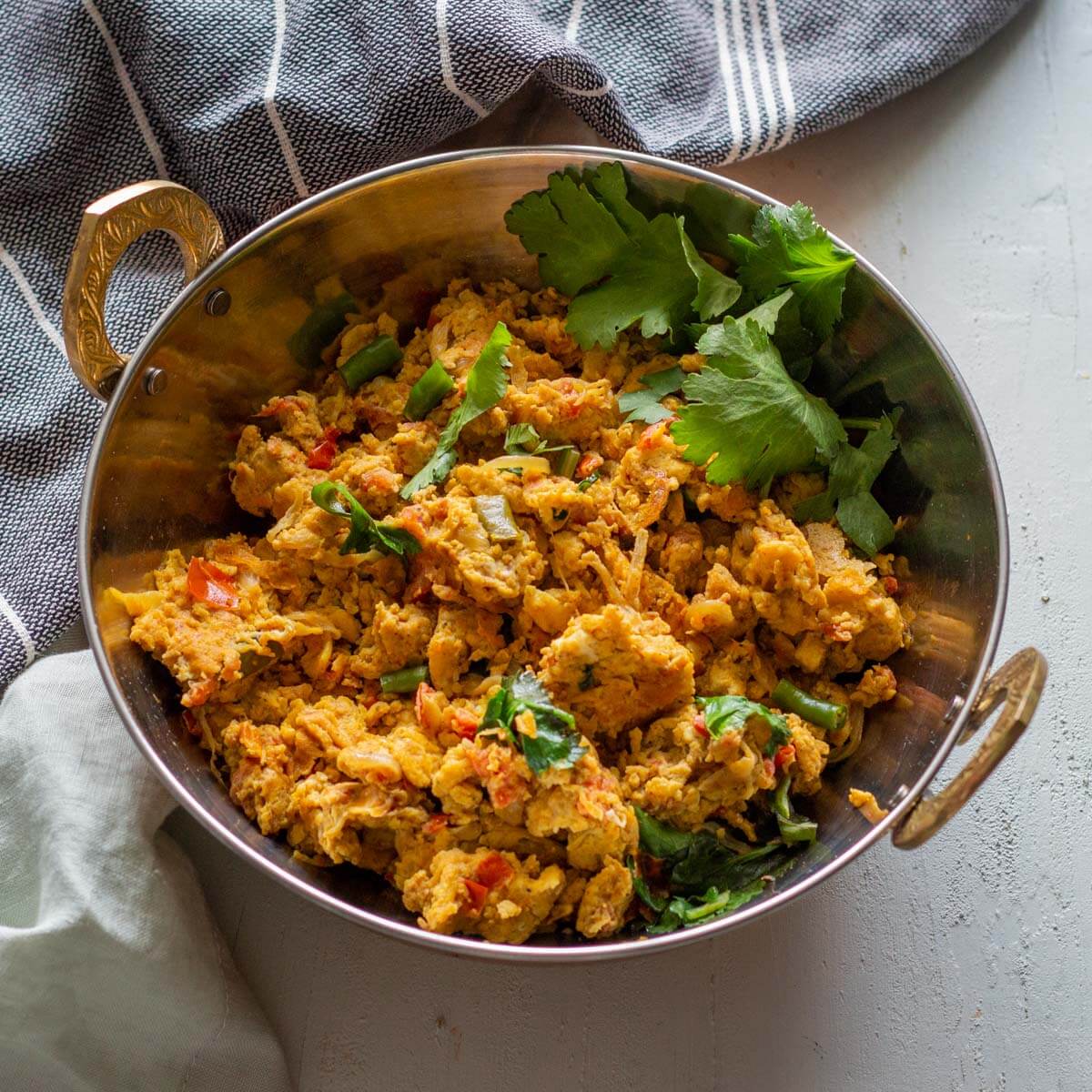
Kabab Platter: A Kabab Platter consists of an assortment of grilled or skewered kebabs, showcasing various flavors and meats such as chicken, beef, or lamb. The kebabs are typically marinated with spices, herbs, and sometimes yogurt, lending them different tastes and textures. Served together on a platter, it offers a variety of flavors in one meal.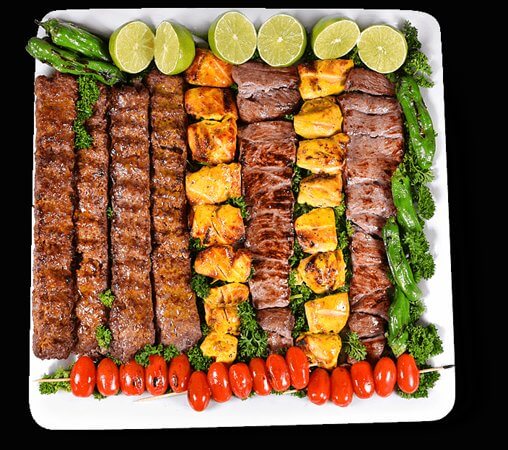
History and Culture
Quetta’s culinary heritage is a tapestry woven with threads from diverse cultural influences, creating a unique and vibrant food landscape that echoes the city’s historical roots and geographical richness.
Historical Roots of Quetta’s Cuisine
The gastronomic journey of “food in Quetta” traces its origins back through centuries, encapsulating a history steeped in the traditions of various cultures. Balochistan’s rich culinary legacy bears imprints of the Balochi, Pashtun, Persian, and Mughal influences, contributing distinct flavors and techniques to the region’s cuisine.
The Balochi influence in Quetta’s food is characterized by hearty and flavorsome dishes, showcasing a penchant for robust flavors and the use of spices like cumin, coriander, and cloves. Pashtun culinary contributions are marked by a love for meat-centric dishes such as kebabs and pulao, enriched with fragrant spices like cardamom and saffron. Persian influences are evident in the delicate use of herbs and aromatic flavors in Quetta’s cuisine, introducing a nuanced touch to various dishes. Additionally, Mughal culinary legacies bring forth a royal and refined touch to certain Quetta dishes, with the infusion of rich gravies and delicate spices.
Influences from Various Cultures The culinary diversity of Quetta’s cuisine owes its richness to the confluence of these cultures. Each cultural influence has contributed distinct ingredients, cooking styles, and flavor profiles, shaping the multifaceted array of dishes found in the region. The amalgamation of these influences has given rise to a vibrant food culture, where traditional recipes are cherished and passed down through generations, maintaining their authenticity and essence.
Traditional Cooking Techniques in Quetta
Central to Quetta’s culinary tradition are the age-old cooking techniques that have stood the test of time. The art of slow-cooking and marinating meats, as seen in the preparation of Sajji or Chapli Kebab, reflects a commitment to preserving authentic flavors. The clay ovens or tandoors used for baking bread, such as Naan or Kaak, infuse a distinctive smoky essence into the dough, enhancing its taste.
Impact of Geography and Climate on Food Preparation The geographical and climatic factors of Quetta play a pivotal role in shaping its culinary practices. The region’s arid climate influences the choice of ingredients, with a focus on hearty and sustaining dishes suitable for the climate. The use of robust spices and meat-centric dishes resonates with the need for nourishing and flavorsome meals, well-suited to the harsh weather conditions prevalent in the region. Additionally, the availability of local produce and herbs influences the use of fresh and seasonal ingredients in Quetta’s cuisine, adding depth and authenticity to its flavors.
Tips and Tricks
Discovering the diverse and vibrant “food in Quetta” is an immersive experience that extends beyond savoring delicious dishes. Navigating the culinary landscape of this culturally rich city involves understanding dining etiquettes, timing visits to eateries, and even attempting to recreate traditional Quetta dishes at home.
Dining Etiquette in Quetta’s Food Scene
When indulging in the gastronomic delights of Quetta, respecting cultural norms and dining etiquette is paramount. Embrace the local customs, such as removing shoes before entering certain establishments, and using your right hand for dining, as it is considered respectful. Additionally, showing appreciation for the food by complimenting the host or chef is a gesture valued in Quetta’s dining culture.
Best Time to Visit Eateries for Specific Dishes
Timing your visit to local eateries in Quetta can enhance your culinary experience by allowing you to savor certain dishes at their peak. For instance, trying Sajji, a slow-roasted delicacy, is ideal during the evening when it’s freshly prepared, ensuring optimal tenderness and flavors. Similarly, Pashtun-influenced dishes like Chapli Kebab or Pulao are often best enjoyed during lunchtime when they are freshly prepared and available in abundance.
Home Cooking Insights for Traditional Quetta Dishes
For enthusiasts eager to bring the flavors of Quetta into their own kitchens, exploring traditional recipes offers a delightful culinary adventure. Attempting to recreate dishes like Balochi Tikka or Mantu at home provides a hands-on experience with Quetta’s culinary heritage. Recipes often involve a meticulous combination of spices, marination techniques, and slow-cooking methods, allowing home chefs to delve into the essence of Quetta’s cuisine. Experimenting with locally sourced ingredients and following traditional cooking methods can authentically replicate the flavors of Quetta’s iconic dishes in your home kitchen.
Essential Ingredients
Exploring the essence of “food in Quetta” unveils a culinary palette rich in essential ingredients that form the bedrock of its distinct flavors and aromas. From succulent meats to a symphony of spices and the comforting embrace of staple grains and bread, Quetta’s cuisine showcases a harmonious blend of key elements that define its gastronomic identity.
Meat and Spices: Pillars of Quetta’s Flavors
The culinary landscape of Quetta is synonymous with an unwavering devotion to meat-centric delicacies, which unequivocally embody the city’s gastronomic identity. “Food in Quetta” resonates deeply through dishes such as Sajji, Dumba Karahi, and Balochi Tikka, symbolizing the pinnacle of culinary craftsmanship and an ardent love for expertly prepared meats. Here, the culinary maestros of Quetta artfully marinate cuts of lamb or chicken, meticulously infusing them with a medley of spices that define the very essence of the city’s cuisine. A harmonious blend of cumin, coriander, turmeric, and garam masala choreographs a culinary symphony, bestowing upon these savory masterpieces a robust and aromatic profile that captivates the palate with every savored bite. In Quetta’s culinary narrative, it’s this delicate and precise amalgamation of spices that elevates meat-centric creations to an unparalleled crescendo, creating an orchestra of flavors that linger on the taste buds, a testament to the city’s devotion to its gastronomic heritage.
Highlighting Commonly Used Spices in Quetta’s Recipes
In the realm of food in Quetta spices reign supreme as the artisans’ tools for crafting gastronomic masterpieces. Cumin, with its earthy and nutty undertones, holds a pivotal position in most Quetta dishes, imparting a distinctive flavor profile. Coriander seeds and powder add a citrusy, floral note, complementing the savory flavors of meats. The warmth of turmeric lends a golden hue and a mild, peppery taste to the dishes. Additionally, the nuanced blend of garam masala, a mix of aromatic spices like cinnamon, cloves, cardamom, and bay leaves, contributes complexity and depth to Quetta’s culinary creations. The careful amalgamation and usage of these spices reflect the culinary expertise passed down through generations, encapsulating the essence of Quetta’s gastronomic heritage.
Staple Grains and Bread: Anchors of Quetta’s Meals
Complementing the hearty meat-based dishes, staple grains like wheat and rice serve as the foundation of food in Quetta’s. Wheat, in various forms like flour or semolina, forms the base for crafting traditional bread varieties such as Naan, Kaak, and Bolani. These bread variations, baked in clay ovens or tandoors, act as a canvas to soak up the flavors of accompanying dishes, offering a delightful textural contrast. Moreover, rice, especially long-grain basmati, features prominently in dishes like Beef Pulao and Kabuli Pulao, where its aromatic essence pairs harmoniously with succulent meats and spices, creating a symphony of flavors in each spoonful. The inclusion of staple grains and bread not only adds substance but also enriches the dining experience, forming an integral part of Quetta’s culinary legacy.
Sustainability and Local Sourcing
Preserving the authenticity and essence of “food in Quetta” hinges on the reverence for locally sourced ingredients and sustainable culinary practices. Embracing the bounty of the region’s produce and advocating eco-conscious initiatives, certain establishments in Quetta champion sustainability, nurturing a deeper connection between food, culture, and the environment.
Emphasis on Local Produce
The heartbeat of Quetta’s culinary heritage lies in its locally sourced ingredients that encapsulate the essence of the region. Fresh produce, procured from local farms and markets, forms the backbone of traditional recipes, imparting unparalleled freshness and authenticity to dishes. The reliance on locally grown spices, herbs, and seasonal vegetables not only showcases the terroir of Quetta but also supports local farmers, fostering a sustainable ecosystem within the food industry. The meticulous selection of indigenous ingredients in Quetta’s kitchens reflects a commitment to honoring the flavors deeply rooted in the local soil, preserving culinary traditions for generations to come.
Eco-friendly Restaurants and Markets
Amidst Quetta’s bustling food scene, several establishments stand as beacons of sustainability, prioritizing eco-friendly practices and responsible sourcing. These conscious eateries and markets endeavor to minimize their environmental footprint by embracing practices like minimizing food waste, utilizing eco-friendly packaging, and promoting farm-to-table concepts. Empathizing with the ethos of sustainability, these establishments maintain a symbiotic relationship with local farmers and producers, ensuring a steady supply of fresh, ethically sourced ingredients for their culinary creations.
Recommendations for Sustainability-focused Establishments in Quetta:
Green Eats Bistro Situated in the heart of Quetta, Green Eats Bistro is dedicated to sustainability, curating a menu brimming with locally sourced, organic ingredients. From their emphasis on seasonal produce to their commitment to reducing single-use plastics, the bistro embodies eco-conscious dining.
Sustainable Harvest Market A haven for sustainable produce, Sustainable Harvest Market collaborates with local farmers, offering a diverse array of fresh fruits, vegetables, and spices. Their commitment to supporting ethical farming practices resonates in every aisle, encouraging conscious consumption among patrons.
Eco Bites Cafe Known for its delectable offerings, Eco Bites Cafe thrives on the philosophy of sustainability. The cafe prides itself on crafting delectable dishes from responsibly sourced ingredients while championing eco-friendly packaging and waste reduction initiatives.
Pairings and Recommendations
Exploring the vibrant world of food in Quetta extends beyond savoring delectable dishes; it involves embracing a symphony of flavors through suitable beverage pairings, discovering additional regional specialties, and indulging in the culinary marvels offered by iconic eateries across the city.
Beverage Pairings
Enhancing the culinary journey through the flavors of “food in Quetta” extends beyond delightful dishes to the perfect beverage pairings that elevate the entire experience. Quetta’s diverse culinary landscape finds resonance in the marriage of traditional beverages with its hearty cuisines. Sheer Chai, a velvety, cardamom-infused milky tea, stands as a testament to the city’s rich heritage. Paired harmoniously with robust dishes like Sajji or Dumba Karahi, this tea provides a soothing contrast, cutting through the intense flavors and offering a comforting balance. Lassi, the refreshing yogurt-based drink, emerges as an impeccable companion to Quetta’s spicy or savory delights, delivering a cooling sensation that beautifully contrasts the spices. Moreover, for those preferring non-alcoholic alternatives, sugarcane juice or fresh fruit juices emerge as delightful choices, providing a refreshing contrast to the savory and spicy notes inherent in Quetta’s culinary creations. In Quetta’s gastronomic narrative, these beverages play a crucial role, intertwining with the city’s diverse flavors to offer a symphony of taste that heightens the overall dining experience.
Additional Must-Try Dishes
Exploring Regional Specialties While exploring “food in Quetta,” venture beyond the known delicacies to discover other regional specialties. Indulge in Mantu, delectable dumplings stuffed with spiced minced meat and served with yogurt and tangy tomato sauce, providing a delightful burst of flavors. Dive into the flavors of Namkeen Gosht, succulent meat cooked with aromatic spices, or relish the richness of Nargisi Koftay, minced meat wrapped around boiled eggs, creating a tantalizing culinary experience that exemplifies Quetta’s diverse offerings.
Noteworthy Restaurants
Iconic Eateries and Signature Dishes Quetta is adorned with a tapestry of eateries, each boasting its own unique charm and signature dishes that beckon connoisseurs of “food in Quetta” to indulge in gastronomic delights.
Recommendations for Iconic Eateries and Signature Dishes
Ziarat Kebab House Known for its succulent Chapli Kebabs, Ziarat Kebab House tantalizes taste buds with its melt-in-the-mouth kebabs, bursting with aromatic spices and flavors. Pair these kebabs with a refreshing glass of Lassi for a delightful culinary experience.
Al-Madina Restaurant Al-Madina Restaurant’s Beef Pulao, fragrant with spices and tender chunks of meat, is a must-try. Accompany this aromatic dish with a cup of Sheer Chai for a perfect blend of flavors.
Quetta Serena Hotel’s Restaurant Offering a refined dining experience, Quetta Serena Hotel’s restaurant is known for its diverse menu. Don’t miss their Kabuli Pulao, an aromatic rice dish with tender meat, paired ideally with Sheer Chai or a classic cup of tea.
Gulshan Doodh Patti Chai Cafe For a quintessential tea experience, visit Gulshan Doodh Patti Chai Cafe. Indulge in their Doodh Patti Chai, a creamy and flavorful tea, accompanied by Samosas for a delightful snack.
Cultural Significance
In the vibrant tapestry of Quetta’s cultural heritage, “food in Quetta” occupies a central and revered place, serving as a conduit that intricately weaves together social connections, festive celebrations, and profound symbolism deeply rooted in local customs and traditions.
Social and Festive Celebrations
A Culinary Tapestry Food in Quetta serves as the cornerstone of social gatherings, binding friends, families, and communities together in moments of joy and celebration. From weddings to religious festivities and social gatherings, the culinary offerings in Quetta play a pivotal role in fostering camaraderie and strengthening social bonds. Lavish feasts, brimming with an array of traditional dishes like Bolani, Kabab Platters, and Khagina, mark these celebrations, inviting guests to partake in a shared culinary experience. The communal act of sharing meals not only satiates the appetite but also fosters a sense of unity and belonging among attendees, forging enduring connections that transcend mere gastronomy.
Symbolism and Tradition
Culinary Tales of Heritage Certain dishes in food in Quetta carry profound symbolic significance entrenched in local customs and traditions, embodying the essence of Quetta’s cultural heritage. Sajji, a celebrated dish in the region, holds symbolic importance as a symbol of hospitality and generosity. The slow-roasted whole lamb or chicken, marinated with spices and cooked over coals, signifies warmth and welcome extended to guests, evoking a sense of camaraderie and fellowship. Moreover, Mantu, the beloved dumplings, prepared meticulously during special occasions, symbolize family togetherness and unity. The act of preparing these dumplings together fosters familial bonds and passes down culinary traditions through generations, preserving the heritage of Quetta’s cuisine.
The significance of certain dishes extends beyond their flavors; they serve as cultural ambassadors, narrating tales of tradition, heritage, and the values cherished by the people of Quetta.
Culinary Symbolism in Daily Life In everyday routines, dishes like Doodh Patti Chai and Samosas hold cultural significance, transcending their culinary appeal. Doodh Patti Chai, often shared among friends and acquaintances during casual meetings, symbolizes conviviality and camaraderie, fostering connections over a warm cup of tea. Samosas, with their savory fillings and crispy exteriors, signify the joy of sharing and hospitality, often served as a gesture of welcome and goodwill.
The rich tapestry of Quetta’s cultural heritage, interwoven with food in Quetta, narrates a story of traditions, social bonding, and the profound significance of culinary customs in shaping the communal fabric of the city. Through these culinary traditions, Quetta celebrates not just the flavors on the plate but also the cherished values and customs that form an integral part of its identity.
Conclusion
In the vivid tapestry of Quetta’s cultural identity, the essence of food in Quetta emerges as a vibrant thread, intricately woven with history, tradition, and a rich tapestry of flavors. The culinary landscape of this captivating city reflects not just a mere array of dishes but embodies a profound narrative of heritage, social connections, and cherished customs deeply entrenched in the local fabric.
Exploring the diverse and tantalizing flavors of food in Quetta is an invitation to embark on an immersive journey that transcends the palate. It’s an exploration of traditions passed down through generations, a celebration of the cultural tapestry that binds communities, and a tribute to the resilience and spirit of this vibrant city. From the aromatic spices infusing every dish to the symbolism ingrained in each bite, Quetta’s culinary heritage is a testament to the cherished values and traditions that define its people.
The city’s culinary landscape, steeped in the influences of Balochi, Pashtun, Persian, and Mughal cuisines, is a testament to the amalgamation of diverse cultures, reflecting the city’s cosmopolitan charm. The aroma of Sajji, the sizzle of Chapli Kebabs, the comforting warmth of Sheer Chai, and the rich symbolism of Mantu—all encapsulate the essence of food in Quetta’s culture.
As we conclude this culinary exploration, I urge you to delve deeper into the kaleidoscope of flavors and cultural heritage that “food in Quetta” presents. Indulge in the sumptuous array of dishes, savor the rich tapestry of spices, and partake in the communal warmth of shared meals. Let the culinary journey through Quetta’s flavors be not just an exploration of food but a heartfelt embrace of its heritage, traditions, and the resounding spirit of its people.
Embark on this flavorful odyssey, savor each morsel that encapsulates the essence of food in Quetta culture, and immerse yourself in the diverse tapestry of tastes that speak volumes about this captivating city’s heritage. Let the tantalizing flavors and cultural resonance of Quetta’s culinary offerings create indelible memories, inviting you to return time and again to discover more hidden treasures within its gastronomic landscape.

